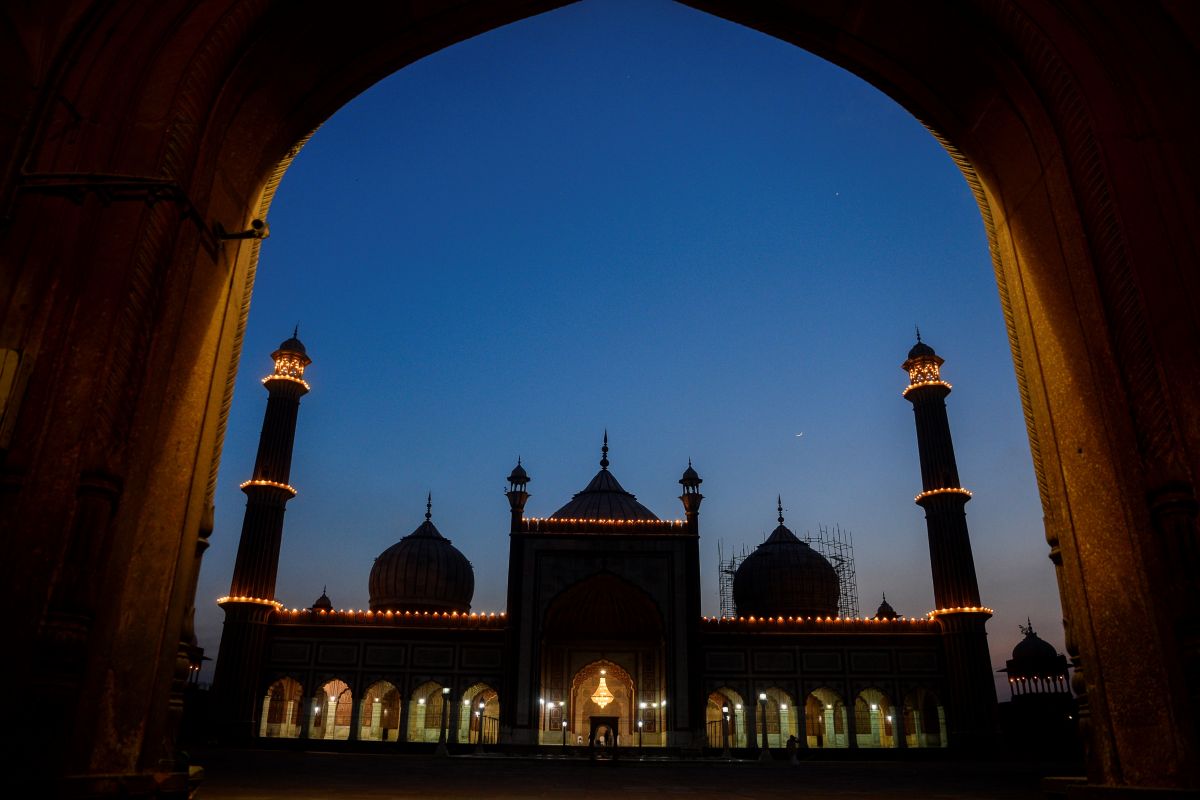With vehicles off the road and most industries shut for over a month due to the coronavirus lockdown, some pollution hotspots in Mumbai and Delhi have turned into green zones recording minimal or no pollution. In Delhi, eight locations which used to be pollution hotspots before the lockdown have now become green zones, said Gufran Beig, director, Centre’s System of Air Quality Weather Forecasting and Research (SAFAR).
The areas are Vinobapuri, Adarsh Nagar, Vasundhara, Sahibabad, Ashram road, Punjabi Bagh, Okhla and Badarpur, he told PTI, sharing a comparative map of Delhi air quality before and during the lockdown period. In Mumbai, Worli, Borivali and Bhandup were among areas which recorded cleaner air as compared to other areas of the Mumbai Metropolitan Region (MMR).
Advertisement
These pollution hotspots in Delhi and Mumbai used to report high pollution mainly due to industrial activity or vehicular traffic. The air quality index in these areas now lie in ”good” or ”satisfactory” category. An AQI between 51-100 is considered “satisfactory”, 101-200 “moderate”, 201-300 “poor”, 301-400 “very poor”, and 401-500 “severe”.
SAFAR also compared the concentration of the most dangerous air pollutants, PM2.5, PM10 and NO2, in the air during first phase of the lockdown from March 25 to April 14 with pre-lockdown period from March 1 to 21. The analysis was conducted in Delhi, Mumbai, Pune and Ahmedabad.
PM2.5 (atmospheric particulate matter that have a diameter of less than 2.5 micrometers), PM10 (atmospheric particulate matter that have a diameter of less than 10 micrometers) and NO2 (nitrogen di-oxide released in traffic emissions) are some of the most dangerous pollutants and prolonged exposure to these can lead to serious respiratory disorders.
In Delhi, PM2.5 concentration was found to be reduced during the lockdown by 36 per cent, PM10 by 43 per cent and NO2 by 52 per cent as compared to the pre-lockdown period, the analysis showed. The comparison in Mumbai in the same period showed a reduction in PM2.5 by 39 per cent, PM10 by 43 per cent and NO2 by 63 per cent.
In Pune, a reduction was observed in PM2.5 by 25 per cent, PM10 by 26 per cent and NO2 by 57 per cent, according to the data. In Ahmedabad, PM2.5 reduced by 39 per cent, PM10 by 32 per cent and NO2 by 27 per cent, according to the data.
The Central Pollution Control Board (CPCB) has also reported 46 per cent reduction in PM2.5 levels and 50 per cent depletion in PM10 concentrations in the national capital. India is under lockdown since March 25 to contain the spread of coronavirus, which has claimed over 824 lives and infected more than 26,496 people in the country.
According to NASA scientists, the reduction in NO2 pollution was first apparent near Wuhan, but eventually spread across the world. Millions of people have been quarantined in one of the largest such actions in human history. “This is the first time I have seen such a dramatic drop-off over such a wide area for a specific event,” said Fei Liu, an air quality researcher at NASA’s Goddard Space Flight Center. Liu recalls seeing a drop in NO2 over several countries during the economic recession that began in 2008, but the decrease was gradual.











